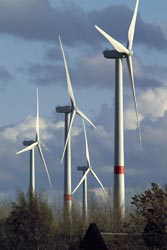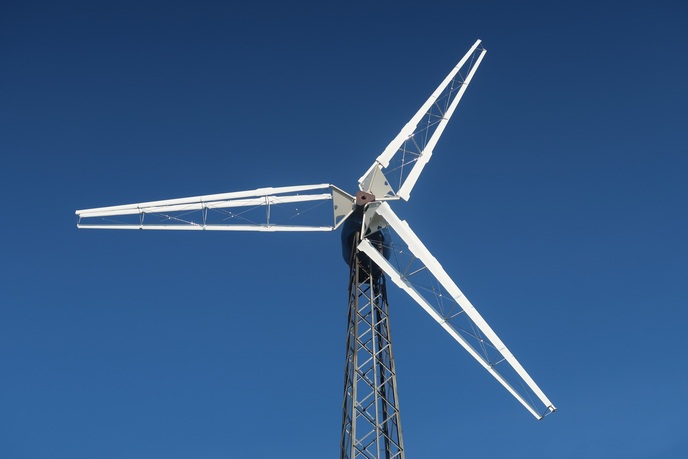For more reliable wind turbine technology
In order to fulfil the potential of wind energy, the development of larger wind turbines and more extensive use of offshore locations will be necessary. On the other hand, as the financial investments required to enlarge the size and installed capacity of wind turbine generators grows, pressure for reliable and structurally optimised blades increases. Within the framework of the European research project OPTIMAT BLADES a survey of repair techniques applied on faulty composite material parts was carried out. In many cases these were revealed to be inappropriate, since for restoration of the structural integrity of damaged parts, it is initially necessary to be able to model the damage. Moreover, the results of simple stress analyses to determine the degree of structural integrity loss could lead to the definition of the best repair scheme. More specifically, the project's industrial partners focused on defects present in the structure due to faulty manufacture or even due to inherent variability of the composite material. Although composite structures offer many advantages over conventional materials, they are also prone to damage resulting from mechanical contact or environmental effects. The first issue they sought to address was to assess whether these flaws would have reduced the structure's residual strength below an acceptable level or they would grow while in service. The next step was to assess patch repairs employed for major structural restoration, which essentially involves replacing the lost load path with new material joined to the parent structure. Bonded external patches were found to be easily applied under field conditions and importantly, successfully employed, depending on the stress requirements of the area. Furthermore, the flush patch repair configuration has the benefit of a uniform shear stress distribution in the adhesive layer and is particularly suited to external repairs of thick laminates. Key lessons learned could provide the basis for an extensive experimental investigation, the results of which can be employed for the selection of suitable repair techniques of wind turbine blades parts.







